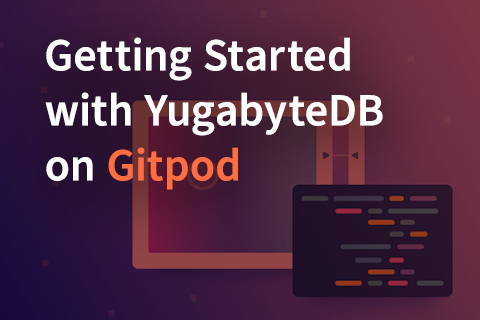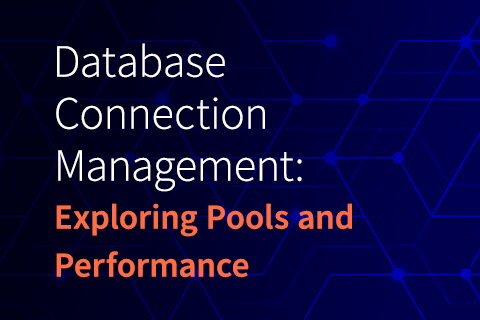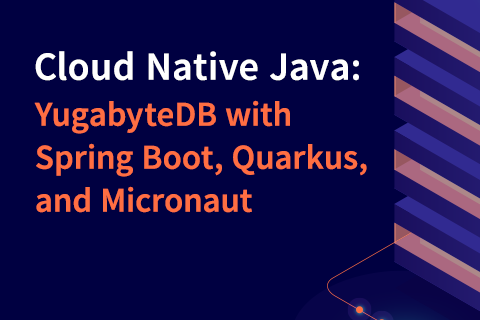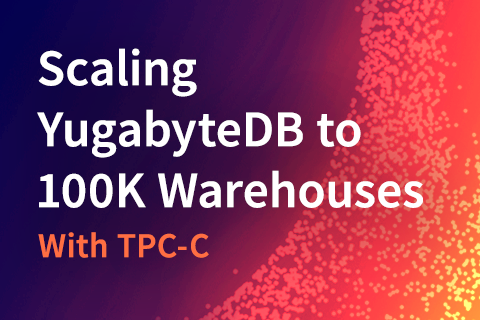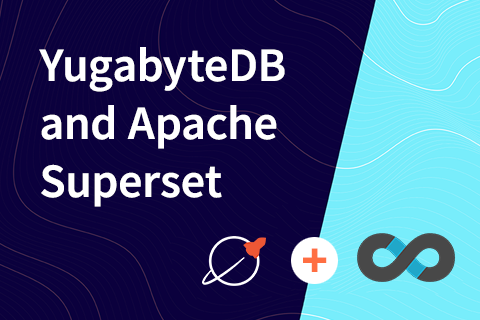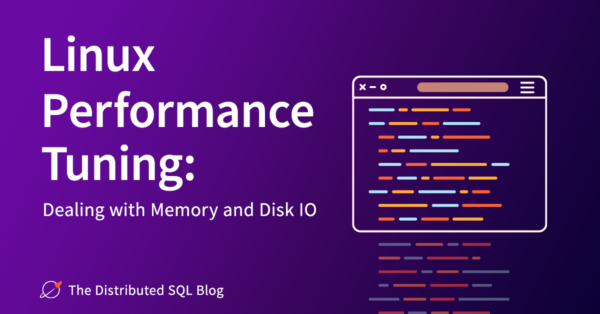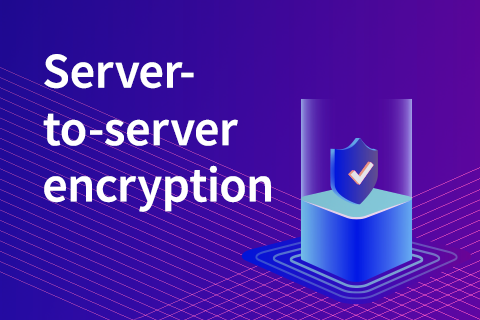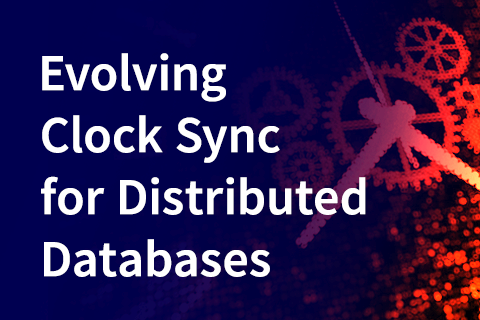Yugabyte Partners with HashiCorp Vault for Centralized Secrets Management
Yugabyte is on a mission to build the leading distributed database for cloud native applications and simplify operational data infrastructure. The Yugabyte team is delighted to announce a new technology partnership with HashiCorp, a market leader in multi-cloud infrastructure automation software. The partnership brings integration of Yugabyte Platform with HashiCorp Vault.
The Yugabyte Platform integration is officially verified and approved by HashiCorp. This enables you to manage and control access for encryption keys,
…

